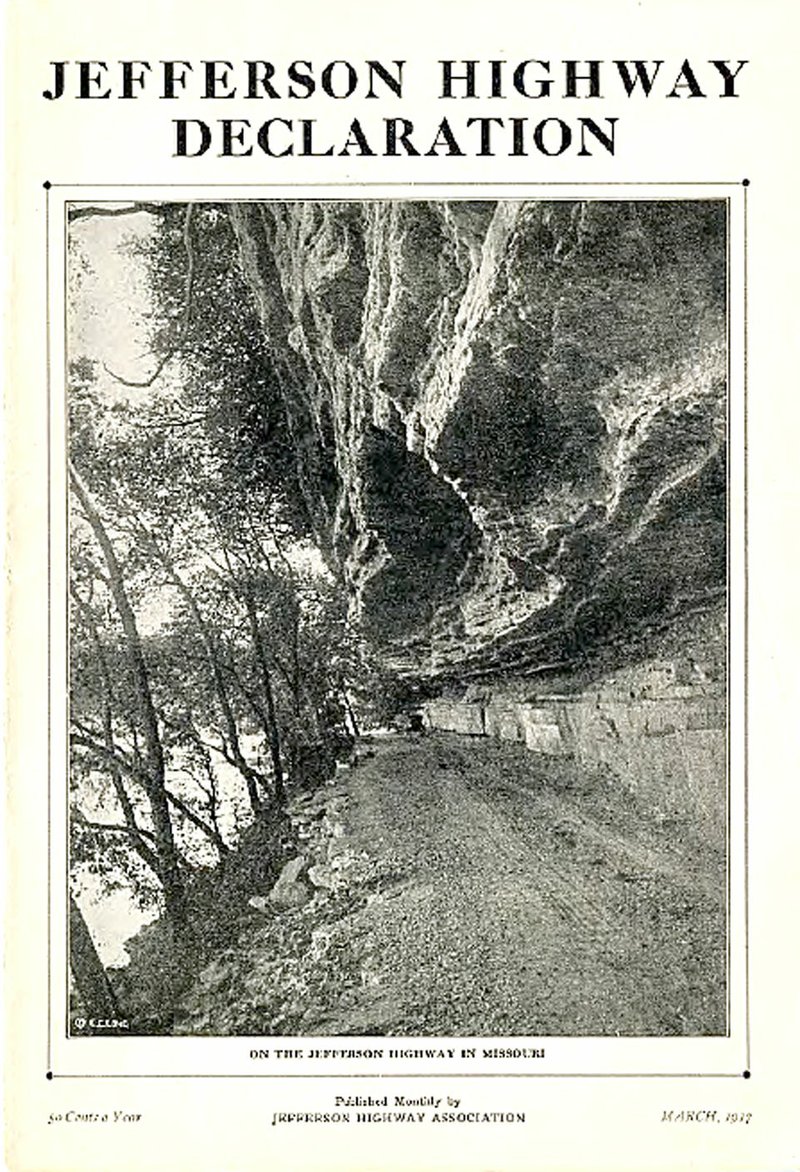CARTHAGE -- Highway Walkers Media, an adventure documentary film company based in Leon, Iowa, will screen their film, "Less Traveled: A Journey from Pine to Palm," in two free showings, one at 4 p.m., the other at 7 p.m. Saturday, Oct. 1, at the Powers Museum in Carthage. The museum is located at 1617 Oak St.
The film-making duo of Josiah Laubenstein and Darrell Johnston have been working together for five years. "Less Traveled: A Journey from Pine to Palm" is their third film.
Movie Trailer
The trailer for “Less Traveled: A Journey from Pine to Palm” is online on YouTube. Use this shotened link to view the trailer: bit.ly/2d5YNmz.
It is about the Jefferson Highway. If you're wondering what the Jefferson Highway is, don't worry, you are not alone.
"We're used to getting that question," said Laubenstein. "You either know everything about the Jefferson Highway or nothing. We're hoping this film will change that."
The Jefferson Highway is the continent's first transnational highway. Starting in Winnipeg, Manitoba in Canada, and finishing in New Orleans, La., the highway was an "auto trail" for early roadsters -- early highways were all the rage at the time (1910s to 1926).
This year, the Jefferson Highway is celebrating its centennial of establishment and route designation through key terminal cities. The highway travels through many cities in the four-state region, including Anderson and Noel.
The path also hits towns such as Fort Scott and Pittsburg in Kansas; Nevada, Lamar, Carthage, Joplin, Neosho in Missouri; Sulphur Springs, Gravette, Bentonville, Rogers, Springdale, Fayetteville and Fort Smith in Arkansas; and Galena, Baxter Springs, Miami and Vinita in Oklahoma.
The entire Jefferson Highway covered more than 2,200 miles. Much of it can still be traveled today, including some original portions that are dirt or rock -- just like in the early days. However, much of the route is paved. Some portions were overtaken by state highways that are known today as U.S. 71, U.S. 69, Missouri 59 and others.
Laubenstein and Johnston traveled from North to South -- "Pine to Palm," as the old Jefferson Highway advertising slogan put it. And, while the Jefferson Highway never changes time zones, it changes cultures frequently.
"The people in Winnipeg are different from the people in New Orleans" said Johnston. "But different is good. It keeps things exciting."
The film is about an hour and a half long and there will be a Q&A session afterward. This screening and others are being sponsored by the Meredith Foundation of Iowa, so admission is free and all ages are welcome to attend.
"We make movies that are focused on humor, history, and adventure," said Johnston, "and we want people to come away from this film ready to explore."
General News on 09/22/2016
